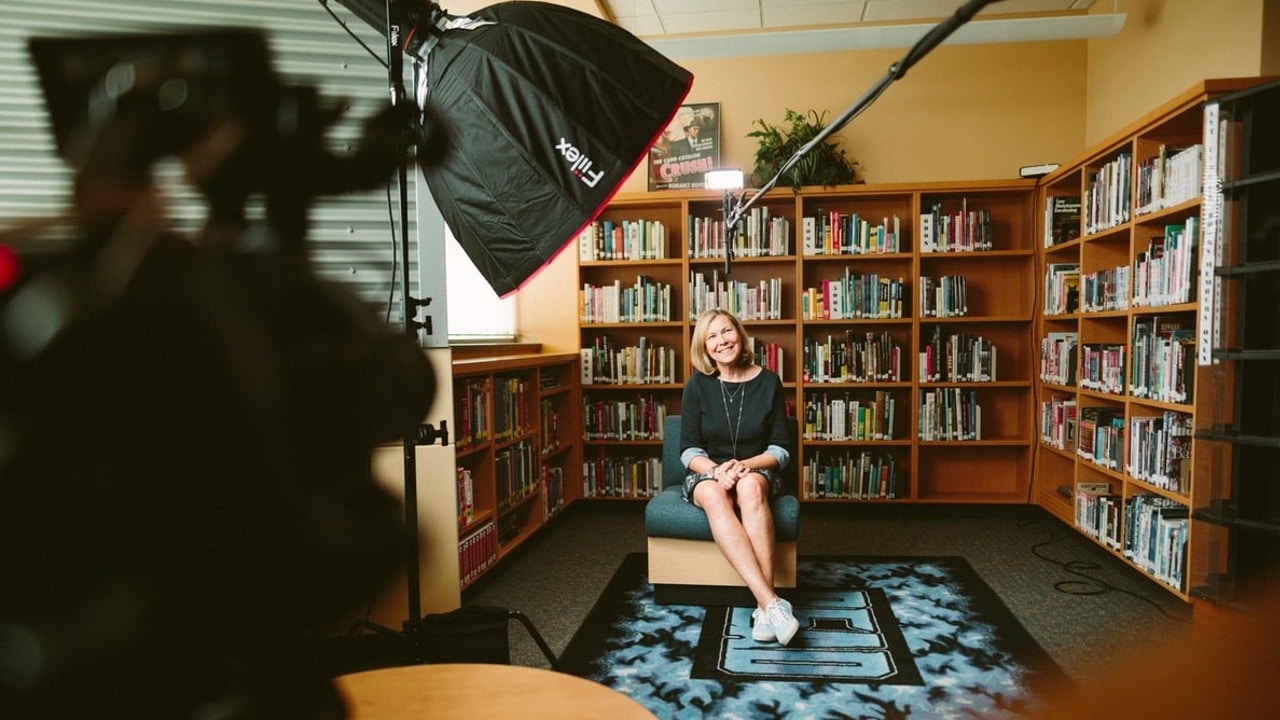
I remember sitting in my office several years ago, when I received a call from the Wall Street Journal. My team was there, and half of them (all relatively recent college grads) sat in utter shock looking at the caller ID.
“Is the Wall Street Journal proactively calling you?!” one of my junior publicists asked.
It was unfathomable to her that a reporter actually wanted to talk to a PR person, unsolicited and of his own volition.
The truth was the person calling wasn’t just a random reporter I had no connection to. It was a long-time colleague, associate, and genuine friend…who also happens to write for the Wall Street Journal.
One of the keys to professional success, particularly in a “people” job like PR, is being able to make honest, authentic connections. Whether it is a family member, friend, or a reporter, a relationship is a relationship.
How to build a working relationship with a reporter
To build a relationship, it starts with a warm and genuine introduction and gathers steam as you explore common interests, talk about shared goals, and even find ways to help and support each other.
The question is, how can you burst through the noise of so many others vying for a journalist’s attention? And beyond catching their interest, how do you parlay an initial connection into a full-fledged working relationship? And do it in a truly authentic way?
Here are the 3 Rs of building rapport and relationships with reporters:
Be respectful
First, you want to build a rapport, but you must do it respectfully.
As I mentioned in my blog post about pitching journalists, it’s important that you do your homework and know how your target reporter prefers to be approached.
Because journalists often receive 500+ emails a DAY, many prefer to interact on social media first, before ever receiving a pitch.
If you’re wondering why that is, consider this: If you received a crushing landslide of emails every day, you’re definitely more likely to open the email from someone whose name you recognize.
I like using Twitter to chat with reporters, as it affords you full accessibility to people you wouldn’t normally be able to talk to. So keep your exchanges informal and genuine. Reporters don’t want to talk shop 24/7, either. If your target journalist is tweeting about her love of avocado toast, and you have the same passion—chime in.
Your goal is to build a rapport beyond professional expertise, whether it starts with a funny exchange about food trends or sharing opinions about what’s generally going on in the world at large.
Connect in real life
Next, work to create a shared experience, as this is where bonding takes place.
If you’re in the area of where a reporter lives, or if you’re going to be in the same place at the same time (i.e. an industry conference) invite that person to join you for a coffee or a meal. If you haven’t worked together yet, just say that, and explain why you’re interested in meeting up.
You May Also Like: The Best PR Pitching Advice I Ever Received
Upfront, honest intentions are generally more well received, and chatting with someone face-to-face provides depth and context that you can’t get online. This is a little harder to do during a pandemic, so interacting with the reporter via Zoom calls is always a good alternative option.
Be responsive
Finally, when you see an opportunity to give your new friend—the journalist—a helping hand, do it.
After all, how would you feel if the only time you ever heard from somebody was when that person needed something? You’d probably feel a little put off, and it’s no different with reporters.
To create a relationship that doesn’t feel so transactional, pay it forward. There’s endless ways you can do this…
- If you hear they need a source for a story and you know somebody, introduce them.
- If you read one of their articles and get a lot out of it, share it with your network.
The bottom line is to look for ways to make their job easier. You never know; maybe one day they’ll need something from you. Like my friend at the Wall Street Journal, whom I was happy to help out.
Conclusion
There are thousands of subject matter experts just like you, pitching to the press every day. Build rapport, create shared experiences, and pay it forward to stand out from the rest.
You’ll be rewarded not only with published content, but maybe even some great friends along the way.
